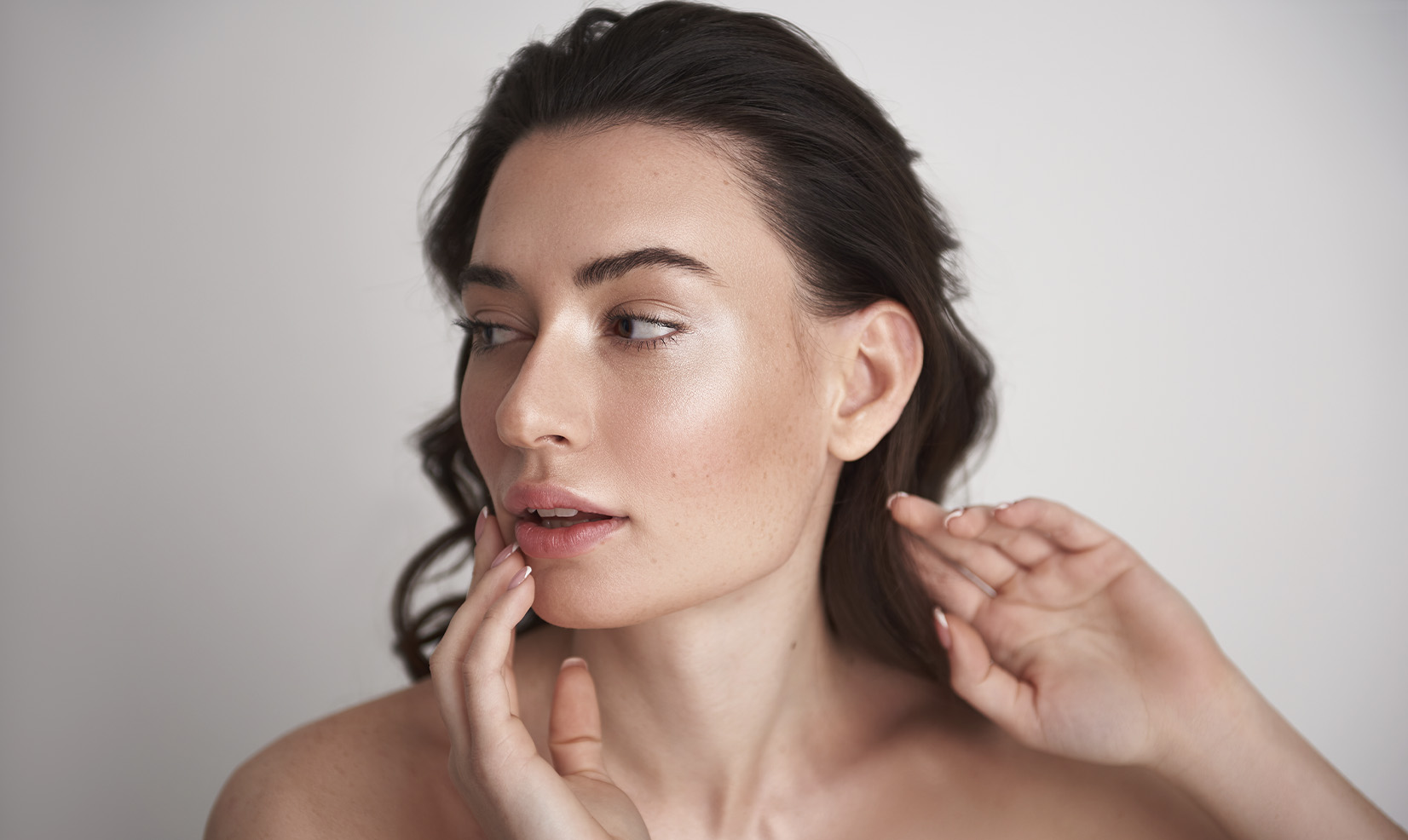While most filler users know the basic pre-treatment protocol for maximizing safe, effective filler results (no alcohol, avoid anti-inflammatory medications, you know the gist), have you ever considered that there are things you could be doing in your day-to-day that could impact your filler results post-treatment? If you’re heading to the office to fill up anytime soon, you’ll want to check out the habits experts recommend avoiding for the longest filler experience.
Featured Experts
Losing Weight, Gaining Weight and Excessive Exercise
While it’s unsurprising that weight loss, particularly weight loss due to GLP-1 use, can lead to loss of facial volume and subsequently filler degeneration, weight gain and excessive exercising can also impact the lifespan and appearance of your fillers, Omaha, NE dermatologist Joel Schlessinger, MD says. “If filler patients are exercising to a significant degree, such as running a marathon, they can actually ‘eat up’ the fillers, as the ones that are hyaluronic acid gels act as carbohydrates in the body,” he explains. “I’ve seen several people who ran a marathon and came in with loss of facial volume, despite recent filler usage.” Dr. Joel Schlessinger has also found that, in patients who gain weight, “the fillers can look unusual as fat pops up around them and can deform the areas previously treated.”
Alcohol, Diet and Cannabis Use
While many patients know that drinking alcohol can impact their filler results—it leads to a faster metabolism of the fillers and can increase the risk of bruising after treatment—diet and the use of other recreational drugs can also impact how well the filler stays. “If you eat healthy and obtain enough protein in your diet, fillers will last significantly longer,” Omaha, NE dermatologist Daniel Schlessinger, MD says. “Generally, it is best to be healthy, have a healthy diet and lifestyle and avoid things like drinking, smoking, recreational drugs or any other challenging habits.” Specifically, Dr. Joel Schlessinger flags that, “Recreational drugs can speed up or slow down your metabolism, while cannabis can induce hunger, leading to weight gain and poor appearance after fillers.”
Hydration, Sleep and Inflammation-Inducing Practices
In addition to a balanced diet and a clean, relatively sober lifestyle, other day-to-day habits like hydration, sleep and stress management can also play a role in filler results, New York dermatologist Julie Russak, MD says. “Hydration, quality sleep, stable metabolic health, stress management and inflammation control all directly impact how long fillers last and how beautifully they integrate,” she explains. “Many patients are surprised to learn that chronic low-grade inflammation—whether from poor gut health, excessive sugar, environmental toxins or even extreme fitness regimens like marathon training or daily intense sauna use—can accelerate filler degradation. The tissue simply cannot hold the filler as effectively when under chronic stress.”
Over-Using At-Home Devices
The world of at-home beauty tools has expanded significantly in recent years, but sometimes, too much of a good thing can become a not-so-good thing. “We often see well-meaning patients unintentionally disrupt their results by overusing at-home devices like microneedling rollers, abrasive scrubs and at-home lasers too soon after treatment or by embracing too many extreme wellness trends without balance,” says Dr. Russak. “These ‘hyperstimulation’ practices can cause microtrauma and undermine filler stability.”
